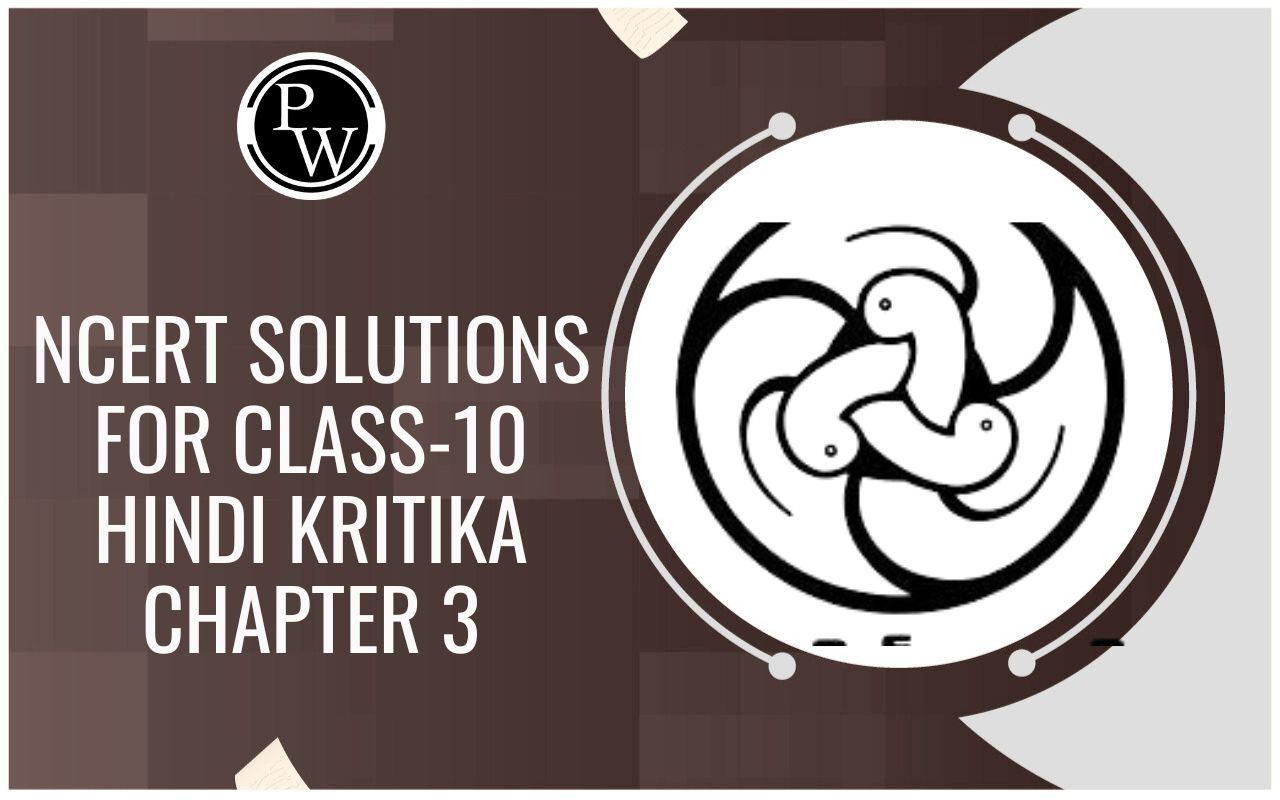
Introduction
Judiciary of Class 8
The Indian Judiciary is partly a continuation of the British legal system established by the English in the mid-19th century based on a typical hybrid legal system in which customs, precedents and legislative law have validity of law. The Constitution of India is the supreme legal document of the country.
There are various levels of judiciary in India — different types of courts, each with varying powers depending on the tier and jurisdiction bestowed upon them. They form a strict hierarchy of importance, in line with the order of the courts in which they sit, with the Supreme Court of India at the top, followed by High Courts of respective states with district judges sitting in District Courts and Magistrates of Second Class and Civil Judge (Junior Division) at the bottom. Courts hear criminal and civil cases, including disputes between individuals and the government. The Indian judiciary is independent of the executive and legislative branches of government according to the Constitution.
The Supreme Court of India
On 26 March 1950, when India became a Sovereign Democratic Republic, the Supreme Court of India was born. The inauguration took place in the Princes Chamber in the Parliament building complex which also housed both the Rajya Sabha and the Lok Sabha, also known as the Council of States and the House of the People, respectively.
High Court of India
There are 21 High Courts at the State level. Article 141 of the Constitution of India mandates that they are bound by the judgments and orders of the Supreme Court of India by precedence. These courts have jurisdiction over a state, a union territory or a group of states and union territories.
District Court of India
The District Courts of India are established by the State governments in India for every district or for one or more districts together taking into account the number of cases, population distribution in the district. They administer justice in India at a district level. These courts are under administrative control of the High Court of the State to which the district concerned belongs. The decisions of the District court are subject to the appellate jurisdiction of the concerned High court








